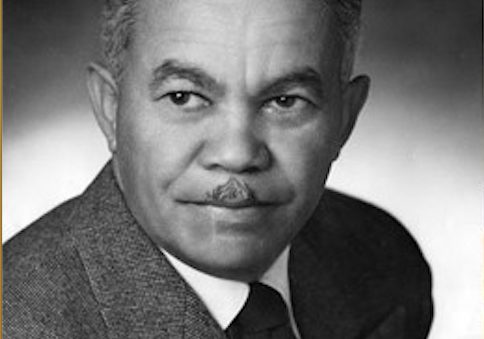Blacks universally denounce Black-on-Black violence but in many neighborhoods kill each other with near epidemic frequency. Relatively few are involved, directly or indirectly, in efforts to eliminate the continuing fratricide. Consequently, Black-on-Black violence is both condemned and perpetuated, even by those most victimized. It is axiomatic that reducing Black-on-Black violence, never a political priority–coupled with Blacks' own patented indifference- will continue unabated without substantial community dissatisfaction, strong leadership and political will-all of which have been lacking up to now.
Black-on-Black violence is a manifestation of race-based poverty, frustration and self-hate, spawned and nurtured by official neglect and the complicit indifference of Blacks themselves. A particularly poignant and disturbing example of violence's pernicious fallout is the steely nonchalance of many Black children towards the pain and suffering of others. They seem to have become impervious to violence, even violent death, and sadly, destined to perpetuate a culture substantially devoid of vision and hope.
Such violence mimics the endemic violence upon which this country was built and extends slavery's devastating legacy. Racism and psycho-social conditioning go hand-in-hand as antecedents of self-hate that is especially evident in poor young Black males. Denial of the significance, if not its existence, by middle-class Blacks especially, prolongs its eradication.
America's foundational materialism and individualism are integral components of Black-on Black violence–Blacks as equals were never part of the "justice for all" equation. The following examples of barriers to Blacks' progress contribute to the Black-on-Black violence phenomenon but obviously represent only the tip of the massive iceberg.
Having internalized America's values, many Blacks are reluctant to challenge the powers that be- for them to do so is tantamount to blaming themselves; hence, the ambivalence and reluctance to shed second-class citizenship–an infliction that renders Blacks complicit in their own demise. Other manifestations of the "less than White" syndrome include: self-hate/low self-esteem, a persistent unwillingness to challenge systemic inequities, Black children's dysfunctional behavior and public policy that codifies injustice and inequality based on race and class. Also, Black leadership that is largely ineffective, and public education systems that fail and often denigrate Black children. The growing chasm between middle-class and poorer Blacks is another serious obstacle in the continuing struggle for internal civility as well as justice.
Blacks realize that race matters, but fearing loss of material gains, many have opted out of the civil/human rights struggle. However, they know full well that in this racist nation, they have never been a primary concern. Is Black-on-Black violence insoluble? In an absolute sense, probably. But reducing pervasive violence, killings in particular, is not only possible, but imperative.
New, alternative strategies for reducing Black-on-Black violence run the gamut but will include sustainable partnerships among and between local communities, parents, schools, law enforcement, government agencies and Black leadership. Common ground must be clearly defined and accountability built into the new community empowerment–a prerequisite for reaching the goal. Historical precedents for accomplishing these daunting tasks are few.
Reducing Black-on-Black violence also requires that parents and concerned others participate be responsive to the needs and concerns of its respective constituents. Such leadership must include largely neglected, but indispensable input of Black youth leadership.
Although not apparent to much of the general public, the quality of health services has a significant bearing on Black-on-Black violence and underscores the critical need to reopen Martin Luther King Hospital as a full service institution. Clearly, this must be based on new thinking and new, effective leadership. (Fortunately, reopening the hospital as a model of quality health services is a top priority for newly elected Los Angeles County Supervisor Mark Ridley-Thomas.)
Black-on-Black violence is the culmination of prolonged neglect, frustration and hopelessness. Sadly, Blacks' own indifference is also a major contributing factor. The new reality with its salutary effect on such violence will be based on fundamental values of respect and integrity that benefit the full spectrum of a diverse Black population.
Larry Aubry can be contacted at e-mail [email protected].






